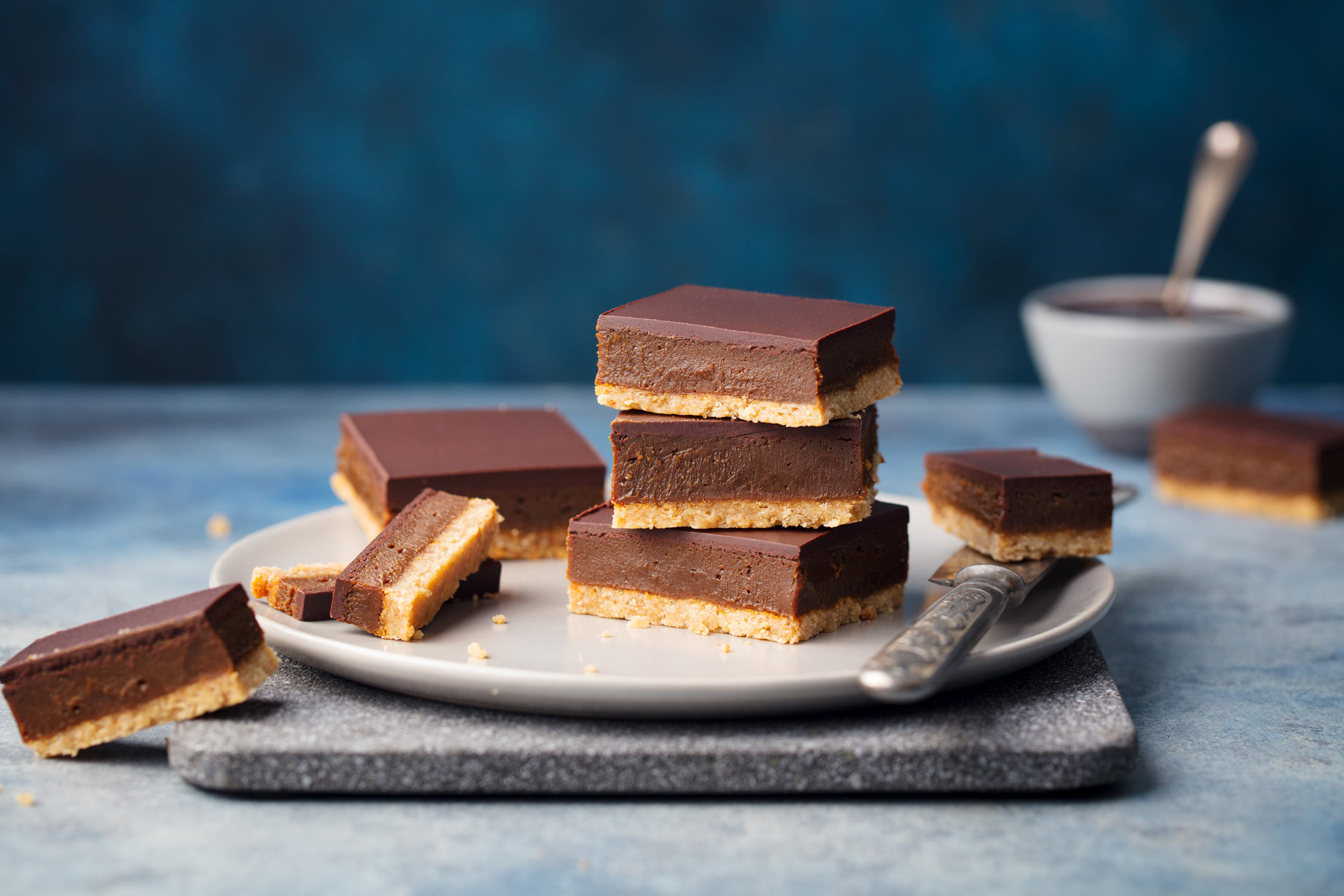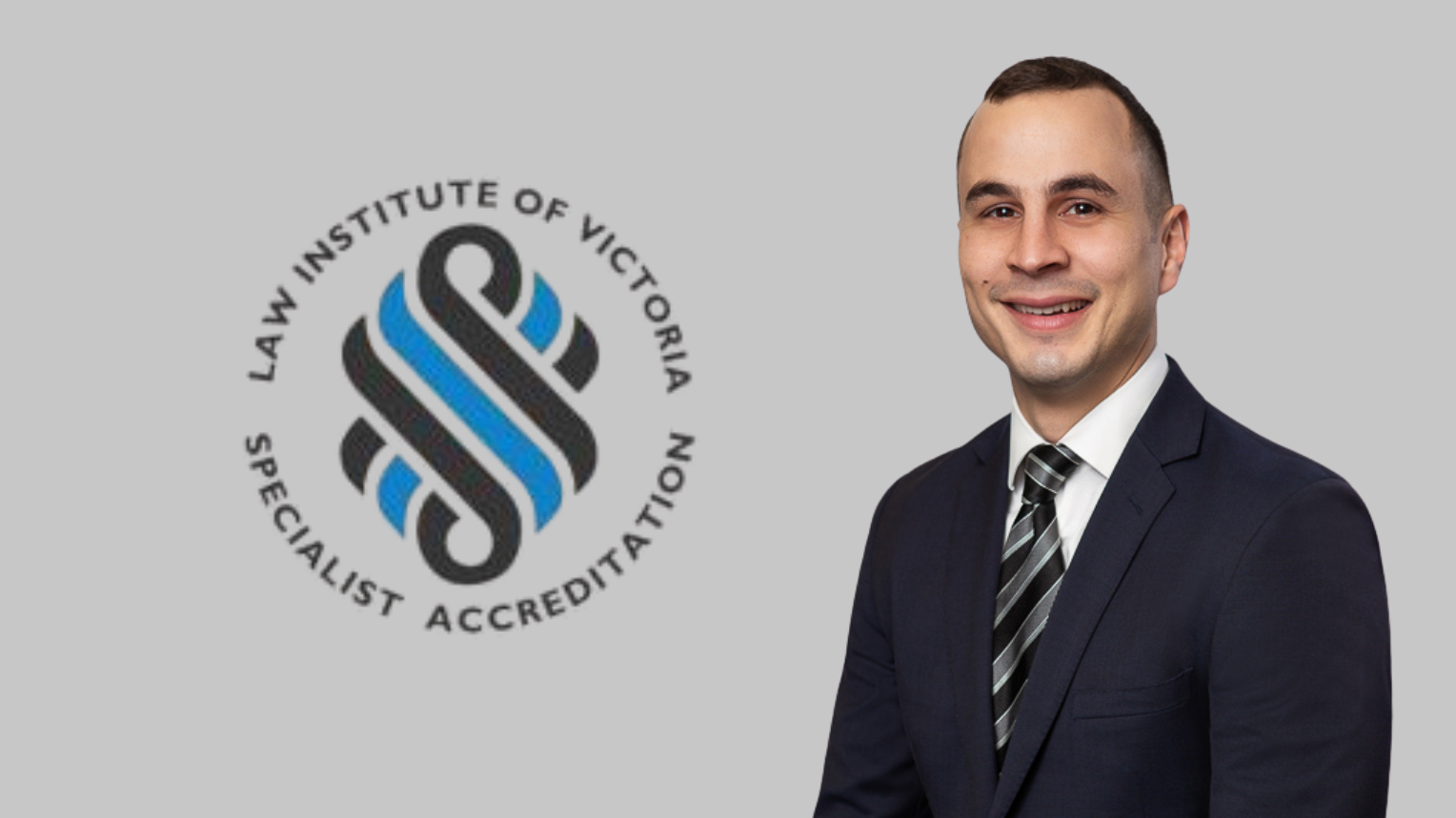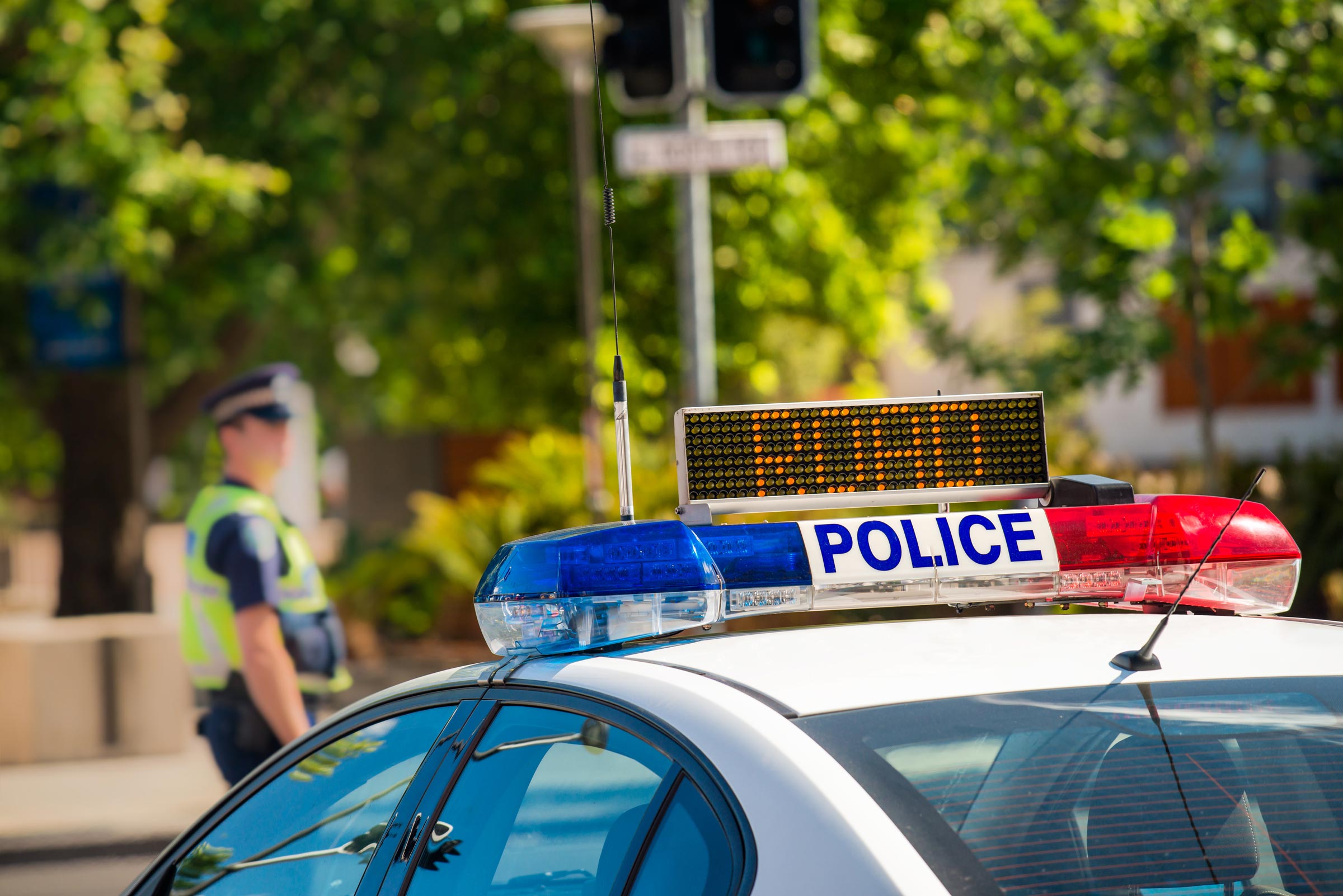Subscribe
What happens when two of Australia’s most beloved recipe creators clash over a caramel slice? The battle of the bakers has turned Australia’s culinary landscape into a copyright case study, raising questions about where inspiration ends and infringement begins.
In the digital age where recipes are shared widely across social media platforms, blogs, and cookbooks, the question of intellectual property rights in the culinary world have become increasingly complex. The recent high-profile dispute between RecipeTin Eats founder Nagi Maehashi and Brooki Bakehouse’s Brooke Bellamy highlights the murky waters of copyright law in Australia when applied to recipes, and raises important questions for content creators, publishers, and food professionals.
RecipeTin Eats’ Allegations
In April 2025, bestselling cookbook author Nagi Maehashi publicly accused social media influencer and bakery owner Brooke Bellamy of plagiarising recipes in her cookbook ‘Bake with Brooki.’ The allegations centred around two specific recipes—for caramel slice and baklava—which Maehashi claimed contained word-for-word similarities to her previously published works. Maehashi also suggested that other recipes in Bellamy’s book appeared to be plagiarised from additional cookbook authors, including well-known American food blogger Sally McKenney.
Both Bellamy and Maehashi have significant social media followings and have generated millions from their cookbooks.
Bellamy has firmly rejected the allegations. In her response, she stated that she had been making and selling her caramel slice recipe for four years before Maehashi published the recipe. She also offered to remove the disputed recipes from future printings of her book ‘to prevent further aggravation,’ which she claims was communicated to Maehashi.
What Are the Similarities?
Maehashi provided side-by-side comparisons of the recipes in question on her website, highlighting what she described as ‘remarkable similarities’ that were ‘far too specific and detailed to be dismissed as coincidence.’ According to Maehashi, her caramel slice recipe is distinctive because it uses a different approach to the caramel filling compared to typical recipes that rely on golden syrup for flavouring.
Legal Framework in Australia
Copyright Law
In Australia, copyright law protects the specific expression of ideas, not the ideas themselves. For example, a recipe writer will not be able to own the ‘idea’ of caramel slice, and therefore generally speaking, is not able to prevent another creator from publishing their own caramel slice recipe. The ingredients required for a caramel slice, the measurements and cooking methods are all examples of ideas that may not be protected under copyright law, because there is very little creativity involved. Put simply, there are only so many ways to make a caramel slice.
While ‘ideas’ will not be protected, copyright law may protect the ‘material form’ of a written work, being the particular written expression of the recipe.
The scope of copyright protection for recipes in Australia is relatively narrow, and a successful claim would likely require evidence of almost exact copying of the words and formatting, not merely the recipe concept. Particularly for more generic recipes, small changes made to the wording, even if the meaning is the same, will have a significant impact in assessing whether copyright has been infringed. A successful copyright claim would require detailed legal analysis considering:
- The originality of Maehashi’s recipes as literary works;
- The degree of similarity between the two sets of recipes;
- Whether Bellamy had access to Maehashi’s recipes; and
- Whether independent creation could explain the similarities.
Can Recipes Be Plagiarised?
Plagiarism and copyright infringement are related but distinct concepts. What may constitute a moral wrong (namely, plagiarism) may not necessarily meet the legal threshold for copyright infringement. There is a notable distinction between ethical standards in the food industry and what actually constitutes a breach of copyright law. Ultimately, in this instance the issue seems to be primarily one of attribution. Specifically, Maehashi’s complaint is that she was not given credit for her recipe, rather than copyright infringement. While you cannot sue someone for plagiarism alone, it is worth noting that from a practical perspective, proper attribution can often solve the issue and prevent disputes like this one from coming to a head.
There is a common misconception that altering a work by at least 10% means that the copier avoids infringing copyright. Rather, if you want to avoid an allegation of copyright infringement, you must ensure that you have not copied a ‘substantial part’ of another creator’s work. What constitutes a ‘substantial part’ is a complex question, but it tends to involve more of a qualitative assessment than quantitative. The legal test is whether there is objective similarity between the two works. In determining whether a substantial part has been copied, the Court considers a range of factors, including:
- The volume of material taken, with quality being more important than quantity;
- The nature of the material copied (e.g. is the copied material a distinctive or recognisable part of the original? Is the part taken essential or material to the original?);
- How much of the material is subject to copyright protection; and
- The extent to which there are competing works.
What Recourse Does RecipeTin Eats Have?
Legal proceedings
As we have outlined, Maehashi faces significant challenges in establishing copyright infringement. Maehashi would need to establish a substantial similarity in the expression (not just the ingredients or methods) and that the similarities could not be explained by independent creation or the limited ways to express certain cooking techniques.
Commercial Resolution
Often the first step in seeking to address allegations of plagiarism is to attempt to resolve the issue commercially between the businesses. It appears RecipeTin Eats and Brooki Bakehouse have already had commercial discussions and may have reached a commercial resolution to some extent. Maehashi reached out to both Bellamy and Penguin Random House, and Bellamy has offered to remove the recipes from future printings of her book. From the perspective of Bellamy, these actions likely represent an attempt to appease Maehashi and prevent further escalation of the issue, rather than admitting any fault.
The Court of Public Opinion
Maehashi’s decision to make a public statement about the alleged plagiarism is noteworthy. Given the challenges of legal recourse, addressing the issue publicly may achieve more significant and practical outcomes. By involving the ‘court of public opinion’ businesses can rely on consumers to protect their brand value, rather than expensive legal action. The impact of public opinion is increasing exponentially in the digital age, where a brand’s continued success and reputation is often determined by public discourse.
What Is the Risk in Making Plagiarism Allegations?
When deciding to make allegations of plagiarism public, businesses in Australia need to consider the risk that doing so could constitute defamation. Australia has stringent defamation laws, and if allegations are found to be false and the affected business suffers loss as a result, the accuser may be found liable for defamation.
Key considerations before making public allegations include:
- Ensuring claims are factually accurate and can be substantiated;
- Considering whether statements are expressing opinions or presenting facts;
- Evaluating potential defences such as truth, honest opinion, or qualified privilege; and
- Assessing the potential financial and reputational consequences if a defamation claim is brought.
Key Takeaways for Creatives
While there are no silver bullets to protecting your recipes in Australia, creatives in the food industry should keep the following in mind:
- Look to protect the expression of your recipes, e.g. how they are presented, rather than the ideas themselves. This means you should consider a combination of written words, personal stories, images, videos, and layout so that your presentation of the recipe goes beyond just the ingredients and baking method.
- Implement proper attribution and consent practices: When drawing inspiration from other’s work, you should seek the original owner’s consent and provide proper credit. This especially important for commercial use as we have seen in the case of Nagi and Brooki.
- Be mindful of defamation risks: If raising concerns about potential plagiarism publicly, ensure your statements are factually accurate and carefully worded to minimise defamation exposure.
If concerned about plagiarism or for advice on how to protect your works and intellectual property rights, you should seek legal advice to consider your options. Contact us to learn more about our legal services for food businesses and intellectual property.
By Rebecca Cameron and Hannah Richardson
Subscribe




